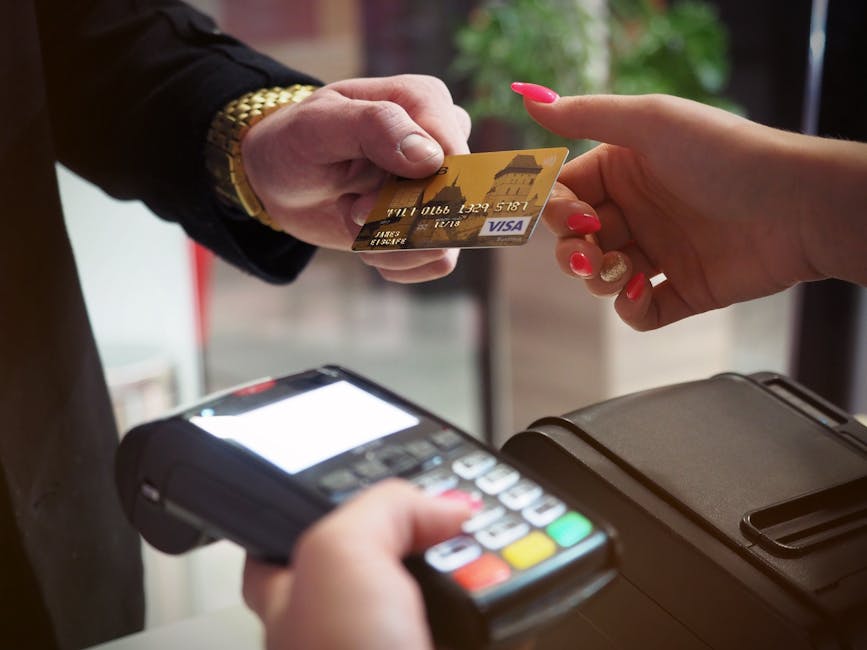Loud Budgeting: 7 Essential Strategies for Transparent Financial Control in 2025
In today’s fast-paced world, managing money effectively often feels like a silent battle. Enter loud budgeting, a refreshing approach that’s gaining traction among millennials and Gen Z. This method encourages openly discussing your financial choices, from skipping luxury purchases to prioritizing savings. By vocalizing your budget, you create accountability and reduce the pressure of societal expectations.
Loud budgeting isn’t about flaunting wealth; it’s about normalizing conversations around money to foster better habits. As economic uncertainties loom in 2025, this strategy empowers individuals to take control. Whether you’re drowning in debt or building an emergency fund, loud budgeting offers a transparent path to financial freedom.
Table of Contents

What Is Loud Budgeting and Why It Matters
Loud budgeting flips the script on traditional financial secrecy. Coined by TikTok creator @mattressfirm, it involves publicly declaring your spending limits and priorities. Instead of whispering about finances, you shout them from the rooftops—figuratively, of course.
This method gained popularity in 2023 amid rising inflation. People started sharing how they say no to dinners out or vacations to stick to their budget. In 2025, with interest rates fluctuating, loud budgeting helps navigate economic pressures transparently.
At its core, loud budgeting promotes financial literacy. It encourages tracking income versus expenses openly. For instance, you might post on social media about choosing a home-cooked meal over takeout to save $50 weekly.
Why does it matter? Society often equates spending with success. Loud budgeting challenges that by normalizing frugality. It reduces FOMO—fear of missing out—and builds community support for smart money moves.
Research from the Consumer Financial Protection Bureau shows that open financial discussions lead to better outcomes. According to their studies, individuals who talk about money are 20% more likely to meet savings goals. This external link provides deeper insights: Consumer Financial Protection Bureau on Budgeting.
Origins of the Loud Budgeting Trend
The trend exploded on social media platforms. Users shared videos explaining why they couldn’t afford certain lifestyles. This vulnerability resonated, sparking a movement toward authentic financial sharing.
Unlike quiet luxury, loud budgeting is anti-consumerist. It’s about owning your choices without shame. In a world of influencer excess, this approach grounds people in reality.
For beginners, start small. Tell a friend you’re budgeting for a new phone instead of buying it outright. This builds confidence in vocalizing financial decisions.
The Key Benefits of Adopting Loud Budgeting
One major perk of loud budgeting is enhanced accountability. When you announce your goals, like saving $5,000 for travel, friends and family hold you responsible. This social pressure motivates consistency.
Another advantage is reduced financial stress. By openly admitting limits, you avoid overspending to impress others. Studies indicate that transparent budgeting lowers anxiety by 15%, per financial wellness reports.
Loud budgeting also strengthens relationships. Discussing money openly prevents misunderstandings. Couples who practice this report higher satisfaction in joint finances.
From a practical standpoint, it aids in debt reduction. If you’re tackling credit card balances, sharing your plan—like using the debt snowball method—can inspire others and keep you on track.
Moreover, it boosts savings rates. Publicly committing to high-yield accounts encourages deposits. In 2025, with rates around 4-5%, this could mean thousands in interest earned.
Psychological Advantages
Psychologically, loud budgeting combats imposter syndrome in wealth building. Admitting you’re not rich yet normalizes the journey. It shifts focus from comparison to personal progress.
It also fosters a growth mindset. Hearing others’ stories motivates you to learn more about investing or saving versus investing. This collective wisdom accelerates financial education.
Finally, it empowers marginalized groups. Women and minorities often face financial stigma; loud budgeting breaks that silence, promoting equity in money talks.

Step-by-Step Guide to Implementing Loud Budgeting
Start by assessing your current finances. Track every expense for a month using apps like Mint or YNAB. This data forms the foundation of your loud budgeting plan.
Next, define your priorities. Are you focusing on debt payoff, emergency funds, or retirement? For example, allocate 50% of income to needs, 30% to wants, and 20% to savings—the 50/30/20 rule adapted loudly.
Now, vocalize it. Share your budget on social media or with close circles. Say, “I’m loud budgeting this month—no coffee runs to save for my emergency fund.” Use hashtags like #LoudBudgeting for visibility.
Track progress weekly. Update your network on wins, like cutting subscriptions by $100. This reinforces habits and invites tips from others.
Incorporate tools for ease. Budgeting apps with sharing features, like Goodbudget, allow collaborative tracking. For couples, joint apps prevent hidden spending.
Creating Your Loud Budget Template
Build a simple spreadsheet. Columns for income, fixed expenses, variable costs, and savings goals. Make it shareable via Google Sheets for accountability.
Set boundaries. Decide what you’ll discuss publicly versus privately. Start with non-sensitive items like grocery budgets before diving into debt figures.
Integrate side hustles if needed. If loud budgeting reveals shortfalls, explore side hustles and announce your efforts to stay motivated.
Review quarterly. Adjust for life changes, like job promotions or rate hikes. Loud budgeting evolves, keeping it dynamic for 2025’s economy.
Overcoming Challenges in Loud Budgeting
A common hurdle is judgment from peers. Some may see frugality as failure. Counter this by framing loud budgeting as empowerment, not deprivation.
Privacy concerns arise too. Not everyone wants finances online. Limit sharing to trusted groups or anonymized posts to maintain comfort.
Sustaining motivation can wane. Combat this with rewards—non-monetary, like a free hike after hitting savings milestones. Share these victories to reignite enthusiasm.
For those in debt, stigma is real. But remember, millions face similar issues. Resources like credit counseling can complement loud budgeting for structured relief.
Family dynamics challenge implementation. Involve them early; explain how collective loud budgeting benefits everyone, like funding family vacations sustainably.
Addressing Social Media Pitfalls
Social platforms amplify trends but invite trolls. Focus on positive communities, like Reddit’s r/personalfinance, for supportive loud budgeting discussions.
Avoid oversharing sensitive data. Stick to general goals, not exact account numbers. This keeps the method effective without risks.
If burnout hits, scale back. Loud budgeting should energize, not exhaust. Alternate between public announcements and private reflections.

Loud Budgeting Success Stories and Tips for 2025
Take Sarah, a 28-year-old teacher. She loud budgeted her student loans, sharing monthly payoffs on Instagram. Within a year, she cleared $10,000, inspired by forgiveness programs.
Another example: Mike, a freelancer, used loud budgeting to build his emergency fund. By declaring no to client dinners, he saved $3,000 in six months. His posts motivated followers to join.
In 2025, tie loud budgeting to economic shifts. With potential rate cuts, announce plans to refinance debts publicly for added commitment.
Advanced tip: Gamify it. Create challenges, like a 30-day no-spend month, and rally friends. This community aspect amplifies results.
Measure success beyond numbers. Improved peace of mind and stronger bonds signal true wins. Loud budgeting isn’t just a method; it’s a mindset for lifelong financial health.
Embrace loud budgeting today. Start small, stay consistent, and watch your finances transform. In an era of uncertainty, transparency is your strongest ally.



